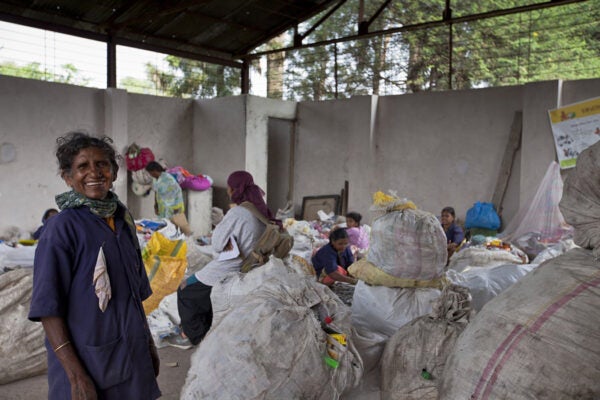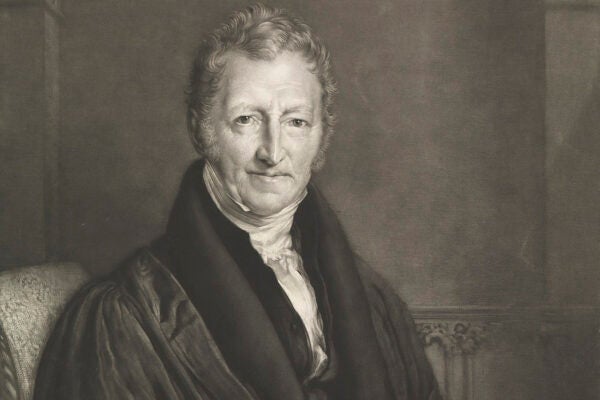In 2017, strategic studies scholar Brahma Chellaney accused China of using “debt-trap diplomacy” in its lending activities with African countries: in other words, buying significant quantities of debt to increase political leverage in the region. The accusation was leapt upon in the United States, with then-Secretary of State Rex Tillerson claiming Chinese complicity in “miring nations in debt and undercutting their sovereignty.” Sixteen US senators and Tillerson’s successor, Mike Pompeo, subsequently used the term to decry Chinese “corruption” through such lending. But are such claims justified, or are they borne from anxiety around China’s rise to become a superpower and the subsequent implications for the West?
There’s no doubt that China’s lending provides influence. Any creditor wields power over the indebted, and the value of Chinese investment in global infrastructure projects is enormous. In 2013, China adopted the Belt and Road Initiative, a global investment strategy that aims to invest in infrastructure projects and promote economic development. Over $1 trillion is estimated to have been set towards these projects, a significant portion of which are located in African countries. Concern is growing within the continent that this level of financial power could lead to the creditor’s will undermining debtor sovereignty. The notion of using such leverage for “re-colonization” has even been suggested. China’s actions certainly provide it with the capability of exploiting indebtedness, and that capability alone creates political leverage and a potential undermining of sovereignty, even if not acted upon. Such large debt investments, therefore, could be considered colonial.
There’s been plenty of pushback against these accusations, however. After the COVID pandemic, when debt distress became more severe for many African countries, China engaged in restructuring and was willing to negotiate debt-relief measures. Indeed, there’s no evidence that China has ever attempted to seize the assets of indebted countries when they have not been able to pay. The narrative of debt-trap diplomacy also underestimates the decision-making power of African governments, which have just as much autonomy and visibility as other nations entering into such financial arrangements.
Weekly Newsletter
If deliberate, predatory lending at a geo-political scale has occurred, evidence points towards Western antagonists. Vladimir Lenin famously accused England of using debt to control colonized lands. Éric Toussaint provides an in-depth analysis of many instances of colonizer countries utilizing the power afforded by debt ownership to further their political and imperialist aims. Toussaint writes that China has historically been a victim of such practices, most severely in the nineteenth century when, in recompense for missed Chinese debt repayments, Britain and France occupied land and infrastructure such as ports and railways, providing the European powers with the means to further their capitalist reach. More recently, the IMF has been accused of complicity in causing debt crises and exacerbating recoveries due to a desire to “encourage the nation to adopt the Washington Consensus, even when it may have been inappropriate to do so.”
China is the largest bilateral lender in the world and its financial influence has grown dramatically over recent decades. While creditor leverage can lead to the erosion of debtor sovereignty, accusations of China attempting to push countries into debt distress for political gain remain unfounded. This doesn’t negate re-colonization concerns and the potential for severely negative consequences of large-scale borrowing from a single, powerful country is significant. Yet to paint China as manipulative in its debt investment is at best misguided and at worst hypocritical.
Teaching Tips
- Marina Rudyak, “China and the Global South: Many Initiatives, One Narrative” (2023)
- Roland Rajah, Alexandre Dayant, and Jonathan Pryke, “Ocean of Debt?: Belt and Road and Debt Diplomacy in the Pacific” (2019)
- Pradumna B. Rana, Chia Wai-Mun, and Ji Xianbai, “China’s Belt and Road Initiative: A Perception Survey of Asian Opinion Leaders” (2019)
- Jean-Pierre Cabestan, “African Agency and Chinese Power: The Case of Djibouti” (2020)
- Dalia Ghanem, “Footprints in the Sand: China’s and India’s Low-Key but Growing Presence in the Maghreb” (2023)







